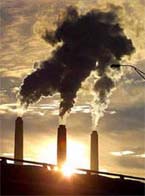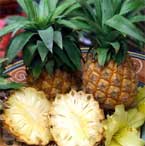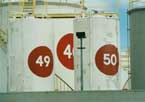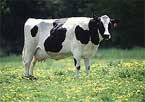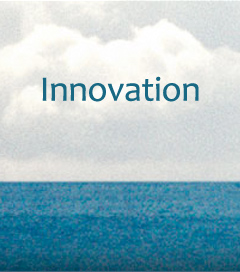Politics and Economics | National Geographic
12 December 2022
In a nation with seven times more livestock than people, taxing farmers for herds’ greenhouse gas emissions is a controversial proposal, Hicks Wogan reports for National Geographic.
In October, Prime Minister Jacinda Ardern unveiled a…
Agriculture | Xinhua News
2 May 2015
New Zealand scientists have made a breakthrough in methane inhibitors that could reduce greenhouse gas emissions from sheep and cattle drastically without cutting production.
“If successfully developed and commercialized, the new findings offer the potential…
Agriculture | Sydney Morning Herald (The)
14 September 2014
Scientists at New Zealand’s AgResearch and the US Department of Energy’s Joint Genome Institute have moved a step closer to developing a breed of sheep that belches less methane as part of a quest…
Agriculture | People's Daily
27 February 2012
An innovative biogas system developed by New Zealand’s National Institute of Water and Atmospheric Research (NIWA) is making Australian pig farms cleaner and greener as well as reducing the smell. Australian pork industry association,…
Politics and Economics | Guardian (The)
12 November 2009
The Guardian newspaper’s ‘greenwashing exposer’ Fred Pearce uncovers a number of offending countries who have succeeded in raising their emissions from 1990 levels despite signing up to reduce them. “Step forward Spain, Portugal, Ireland and…
Nature | sciencealert.com
20 September 2007
NZ will introduce a carbon trading scheme next year in a bid to cap greenhouse gas emissions at the lowest possible cost to the economy. Under the plan, every industry will be allocated an agreed level…
Wine | Times (The) | Wine Spectator
19 June 2007
A UK Times eco-columnist’s suggestion to reduce food miles by drinking French rather than NZ wine has stimulated a response by NZ winemakers and politicians. She argued that transporting wines from France results in fewer greenhouse…
Nature | Monsters & Critics
2 February 2007
NZ has the potential to adapt to climate change more effectively than its neighbours, according to the government and global warming experts. Despite being home to just 0.06 per cent of the world’s population, NZ produces 0.2…
Politics and Economics | Sydney Morning Herald (The)
4 August 2005
Meanwhile, SMH columnist Miranda Devine says “Our Kiwi neighbours, once smug about ecological superiority, face a cost blow-out from the treaty exceeding $NZ1 billion ($900 million). The farcical result is that even though the country produces only…
Nature | Financial Times
6 September 2003
“Wise environmental husbandry or flatulent political correctness? An ill wind or a fair wind?” Financial Times takes a tongue-in-cheek look at the proposed ‘fart tax’ to be levied on NZ dairy and sheep farmers. Methane produced by…
Nature | CNN News
11 December 2002
The Kyoto Protocol on greenhouse gas emissions came one step closer to enforcement after its ratification by the NZ and Canadian governments. Although both countries are relatively minor industrial polluters their signatures are vital in making up the…
Science/Tech | BBC News | National Geographic
7 May 2002
NZ’s belching animals: Kiwi scientists have worked out how to reduce greenhouse emissions from cow emissions. “Lowering New Zealand’s methane emissions is necessary if the antipodean country is to meet its targets under the Kyoto Protocol,…
Science/Tech | Age (The)
23 September 2000
New Zealand scientists from the National Institute of Water and Atmospheric Research have been collaborating with their Australian and British counterparts in experiments that may hold the answer to global warming. By adding extra iron to the…
Science/Tech | Science News
25 March 2000
Sheep in New Zealand may teach scientists how livestock will fare as the carbon dioxide content of the atmosphere goes up. White poles ringing the pasture continuously pump CO2 into the air.











